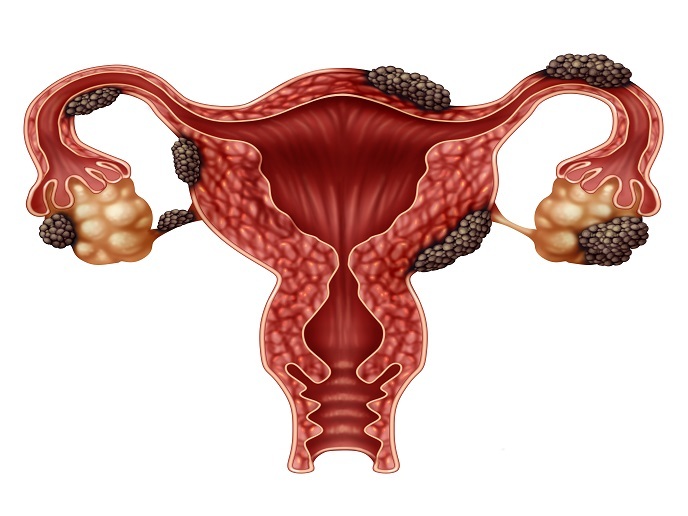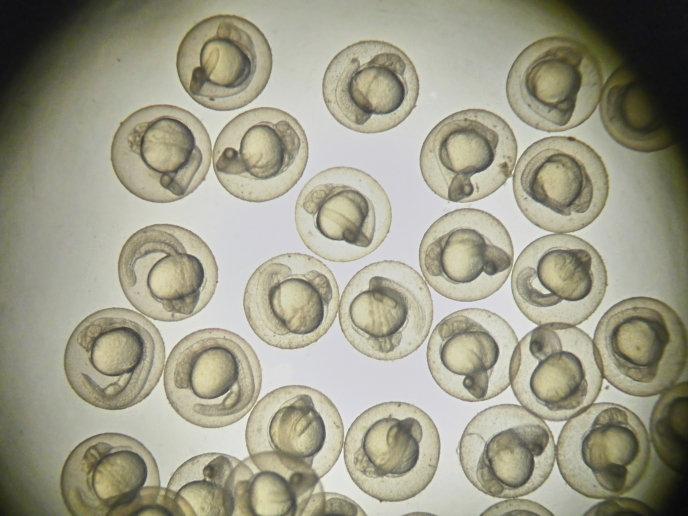Genetic breakthroughs could speed up Alzheimer’s drug discovery
Alzheimer’s disease (AD) is a major societal challenge, impacting up to one third of the population over 85 years old. Effectively addressing this condition has proven to be difficult, with several recent clinical trials failing to show progress in slowing disease progression.
Focus on late-onset Alzheimer’s
The MAP-AD project, supported by the Marie Skłodowska-Curie Actions programme, sought to address this through the use of genetic data. The key aim was to identify new AD-relevant molecular pathways, and thus potential new drug targets. “Apart from ageing, we know that the strongest contributing factor for late-onset AD is a specific allele of a particular gene (called the APOE gene),” explains project fellow Yann Le Guen, currently at Stanford University in the United States. An allele is one of two or more versions of DNA sequence at a given genomic location. “This particular gene has three common alleles – E2, E3 and E4,” adds Le Guen. “While E3 is the most common and considered as the reference, E2 is associated with decreased AD risk and E4 is associated with increased AD risk.” What this means is that individuals with an E4/E4 genotype have an exponentially higher risk of developing AD (10 times more likely than the reference E3/E3 genotype), while individuals with an E3/E4 genotype have an intermediate risk.
Identifying key gene variants
The MAP-AD project, coordinated by the ICM Institute for Brain and Spinal Cord in France, set out to identify variants modulating AD risk in individuals with the E4/E4 genotype. “In practice, the project consisted of gathering and curating massive genomics data sets, and establishing international collaborations to replicate our findings in independent data sets,” says Le Guen. Three key findings came out of this work. The first was the successful identification of two rare variants of the APOE gene (called V236E and R251G) associated with a 50 % reduction in AD risk. The project team was also able to identify a common variant in African ancestry individuals (R145C – co-inherited with APOE-E3), associated with a fourfold increased risk when combined with APOE-E4 on the other allele. A shared genetic association between the onset of Alzheimer’s and Parkinson’s diseases was also confirmed, along with the existence of a protective allele – DR4. Advances in explaining the sex difference in AD prevalence (two thirds of AD cases are women), and defining genetic risk scores, are still in review.
Pathways to developing AD therapies
These discoveries will now be built upon. “We will continue to search for other protective mutations in existing data sets and human subjects, with the hope of eventually developing treatments for individuals who carry the high-risk APOE4 variant,” notes Le Guen. “If we, as a field, can figure out exactly how the R251G variant reduces risk, then maybe we can come up with a small molecule drug that gets into the brain and mimics what R251G is doing.” The discovery of R145C also opens up possible new avenues. “It is possible that R145C wipes out some beneficial property of APOE3 that would normally mitigate the increased Alzheimer’s risk conveyed by APOE4,” explains Le Guen. “This remains to be demonstrated experimentally.” Finally, in people who carry any of the protective variants of DR4 (not all of them are protective), and whose brains have begun to accumulate tau aggregates, a vaccine could delay the onset or slow the progression of Alzheimer’s and possibly Parkinson’s.
Keywords
MAP-AD, Alzheimer’s, genetic, gene, genotype, Parkinson’s, vaccine







